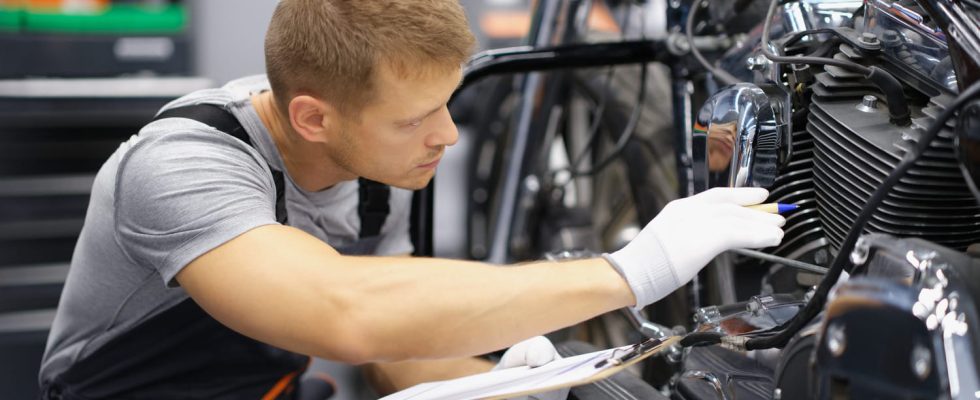From April 15, technical inspection becomes compulsory for owners of a two-wheeler. Until when can we do this without risking a fine? If your scooter or motorcycle is not that old, you still have some time ahead of you.
Until now, owners of a motorcycle, scooter or moped were not subject to technical inspection. But since a decree published in the Official Journal on October 24, 2023, this examination aimed at establishing the condition of the vehicle becomes mandatory, from April 15, 2024, for two-wheelers, three-wheelers and motorized quadricycles. Category L vehicles are affected by this new measure, namely mopeds, motorcycles, scooters, motor tricycles, light and heavy quadricycles. Remember that the validity period of a technical inspection is three years and that in the event of a road inspection, you risk a fine of 135 euros if you are not in compliance. So, until when can we carry out this technical inspection? In fact, it all depends on the date of first registration of the vehicles.
If your two-wheeler is old, you will need to carry out this check this year: “if your vehicle was registered before January 1, 2017, its first check must be carried out no later than December 31, 2024. If your vehicle has also been been put into circulation before January 1, 2017 and the anniversary date of its first put into circulation is before April 15, this check must be carried out between April 15 and August 14, 2024,” specifies the government. So owners of newer vehicles still have some time ahead of them.
- If your vehicle was registered between January 1, 2017 and December 31, 2019, its first inspection must be carried out in 2025
- If it was registered between January 1, 2020 and December 31, 2021, its first technical inspection must be carried out in 2026;
- If your vehicle was registered after January 1, 2022, it will be necessary to carry out its first technical inspection within 4 and a half to 5 years following its entry into circulation.
During the technical inspection, the professional takes the opportunity to check the condition of the brakes, steering equipment, mirrors, axles, wheels, tires and suspensions. It will also ensure the proper functioning of lights, reflective devices and electrical equipment, and the absence of excessive polluting and noise emissions. An essential passage for the safety of all.
